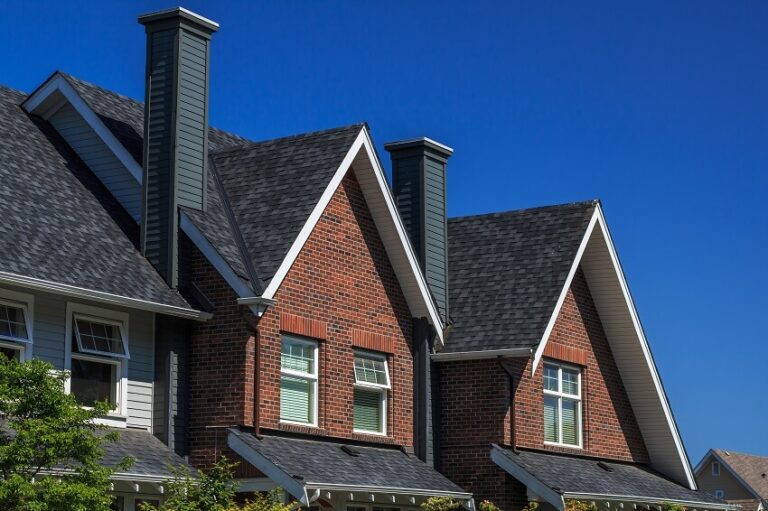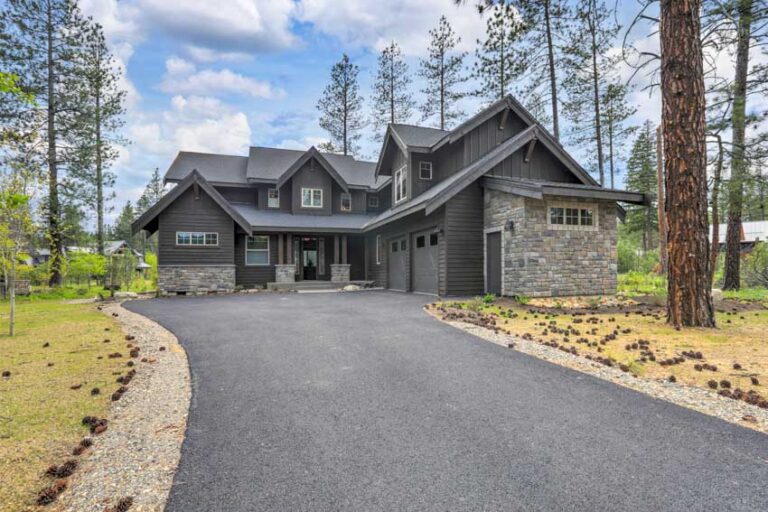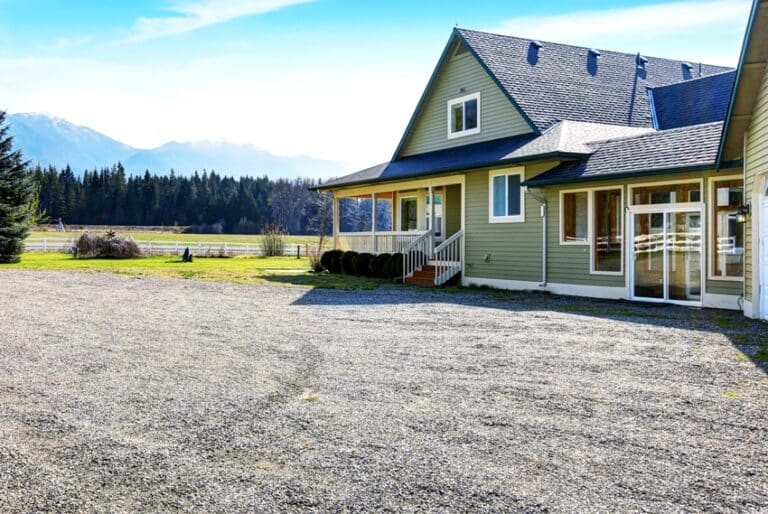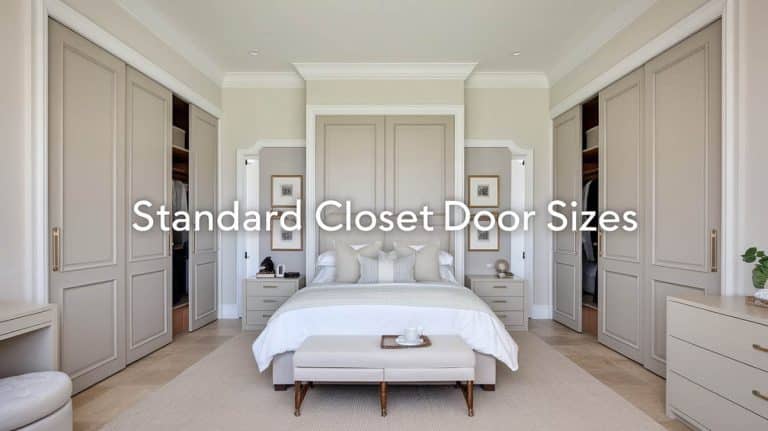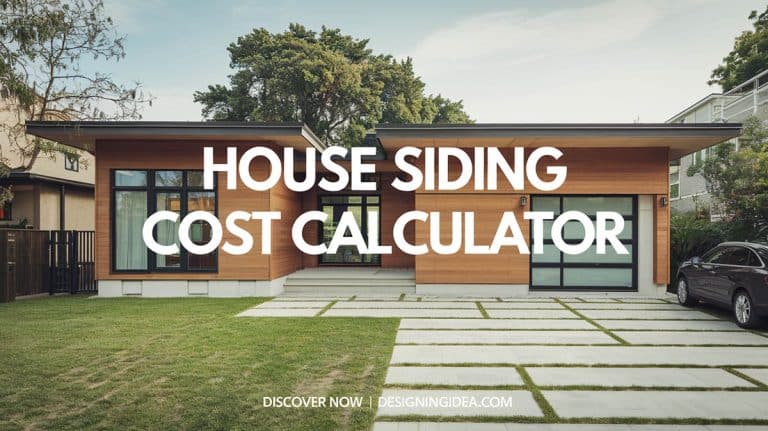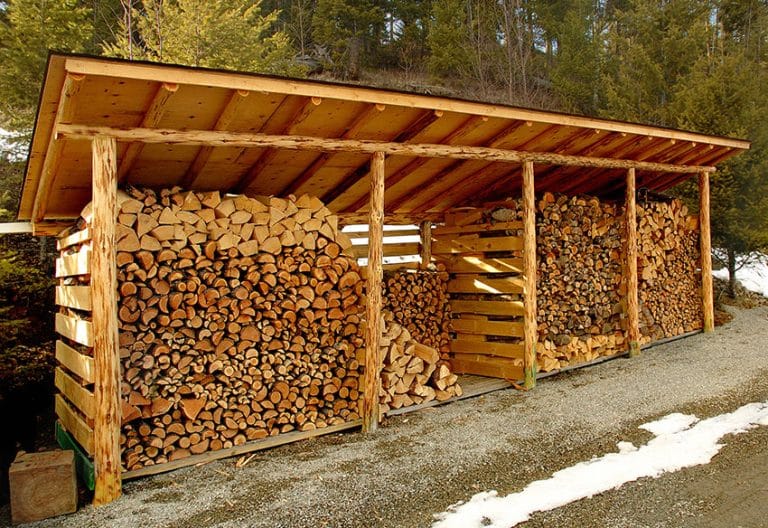Casement vs Sliding Windows (Differences & Design)
Here’s our casement vs sliding windows guide including the differences, pros and cons, cost and benefits.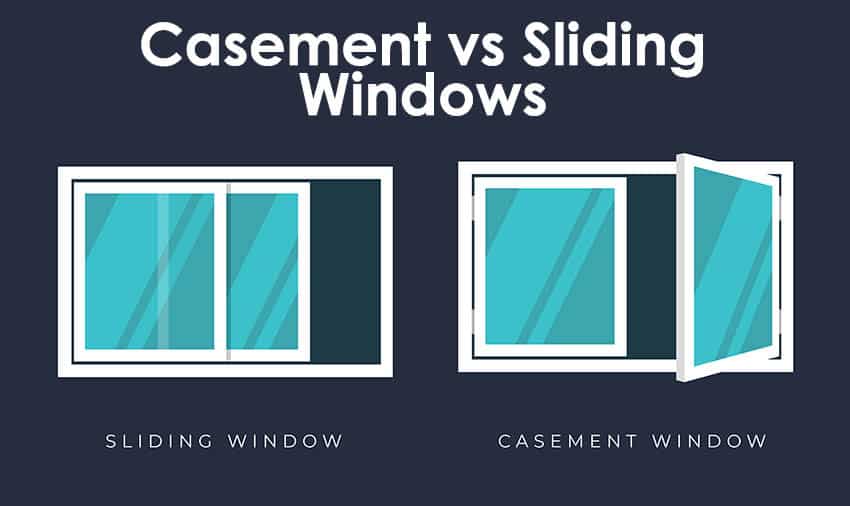
Well, in that case – it is time to introduce the casement and sliding windows that are available in a wide array of sizes, materials, and shapes. In some cases, you could even customize these windows as per your needs and requirements and also create a cohesive interior design look.
Both the casement and sliding windows are a great alternative for homes today, even though there is a stark difference between the two.
They differ in appearances, safety, ventilation, cost, energy efficiency, and maintenance while offering pros and cons for each.
Before concluding, let’s discuss the major differences, advantages, and disadvantages to understandably make informed decisions while choosing a specific window type.
Difference Between Casement and Sliding Windows
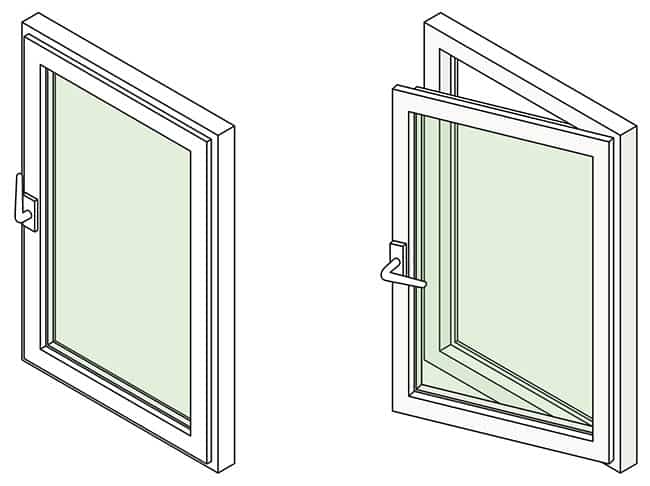
There are a few features that determine the differences between these two very popular window types on the market. Some of the noteworthy points are as follows:
1. Appearances
Aesthetics is one of the major components when choosing a window for your home. If you have a tall and narrow opening, choosing a casement window is the best possible option.
Whereas, sliding windows make a good match for the openings that are wider than they are tall.
Secondly, casement windows can be swung open towards the outside or inside as opposed to the sliding windows that can easily slide while saving ample space in your room.
Another option is to combine the best of both the windows – mainly blending the sliding panes in the center with the casement swinging windows in the corners or vice versa.
2. Energy Efficiency
Cutting down on energy bills is very important in the long run. Hence, casement windows are considerably better as compared to the sliding windows when it comes to energy efficiency since the located seals are not flexible.
On the other hand, a sliding window is continuously required to open and close which makes the seals very flexible – thus, leading to the leakage of energy.
3. Costs
On average, the casement windows are comparatively expensive than sliding windows. However, the overall costs may vary depending on the window sizes, quality, and material specification. It is quite likely that the prices of the sliding window may go higher if the quality is high.
4. Ventilation
Windows hold a major function of ventilation in our homes. Thus, it is highly important to consider this factor when choosing a window type.
For example, the casement windows can be easily opened to let the fresh air in completely, unlike the sliding windows that can only be opened halfway through while the other half is stationery.
Thus, analyzing the two, it is quite clear that the casement windows offer better ventilation than sliding windows.
5. Safety
Safety becomes a major factor in the homes. Hence, choosing a window that provides utmost safety and security is the foremost. But is there a window that can completely solve the issue?
Well, no. It is easy to break glass to enter into any space regardless of the window type. Hence, it is always suggested to wisely choose grills to add a touch of security to your homes. Or else, opting for several panes and strong material frames can solve the issue too.
6. Maintenance
It is always easier to maintain casement windows compared to sliding windows. Since the casement windows can be easily opened and cleaned, it is easier to maintain these.
On the other hand, the sliding windows are difficult to clean especially when it comes to the edges – hence, considering these factors are of utmost importance.
Benefits of Casement vs Sliding Windows
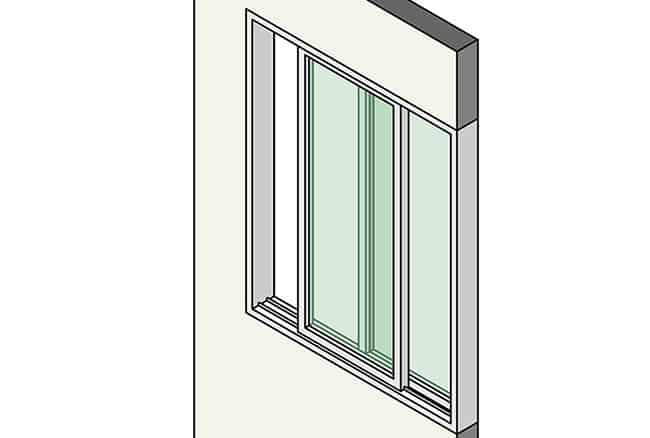
Understanding and analyzing the functions offered by both the windows are primary. At last, it depends on you what you are looking for in a window – whether it is the aesthetics, costs, or privacy – both the windows have their own share of pros and cons.
However, let’s discuss how casement windows offer better benefits over sliding windows.
First and foremost, casement windows are extremely easy to maintain. You can easily open it wide and clean the tiniest of the corner detail – which is not very likely in the case of sliding windows.
Secondly, casement windows provide better views of the surroundings while letting in more fresh air as compared to the sliding windows. You can easily open the complete sash and the pane and let the breeze brighten your homes.
Since casement windows are quite seamless with minimal frames and obstructions – you get a better view of the surrounding landscape.
On the other hand, when it comes to durability, costs, and ease of use – there is no doubt that the sliding windows win. They are known to be stronger, affordable, and extremely easier to use.
Casement vs Sliding Windows Cost
Depending on the location, size, and quality of the material, homeowners should expect to pay somewhere around $325 to $480 per casement window.
However, including the labor and transportation costs, the prices may rise to about $560 per installed casement window.
Don’t forget the material specifications as in some cases, wooden ones are comparatively higher cost than vinyl windows. Also, the more unique the size of the window, the more expensive the windows are.
In the case of sliding windows, it depends widely on the materials and the sizes. On average, a sliding window costs somewhere around $378 to $1,285 and you have an option from vinyl, fiberglass, aluminum, and wood to choose from.
These prices are further enhanced depending on your specific location and the local labor costs that mainly cost about $38/hour.
Overall, it is important to consider the interior design style and your personal preference before finalizing the window type. So, are you confident about choosing the next window type for your home? Do let me know your thoughts in the comments below.
For more related information take a look at our article on casement vs awning windows.

